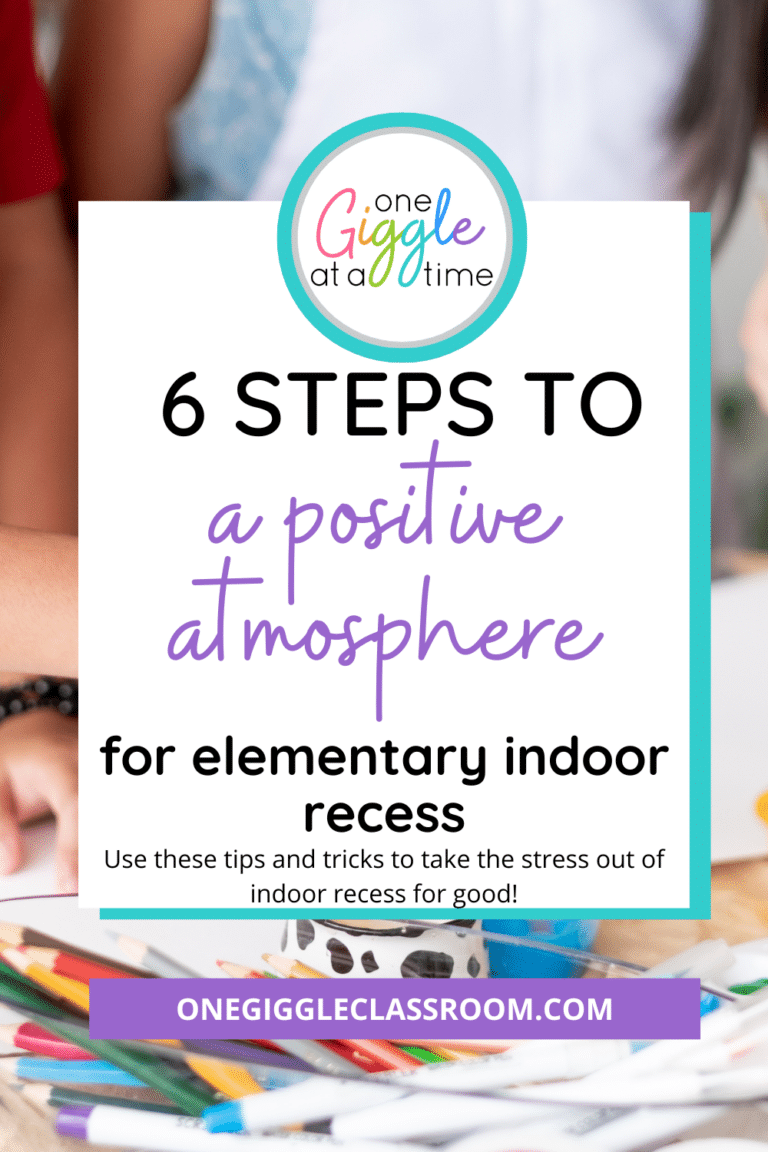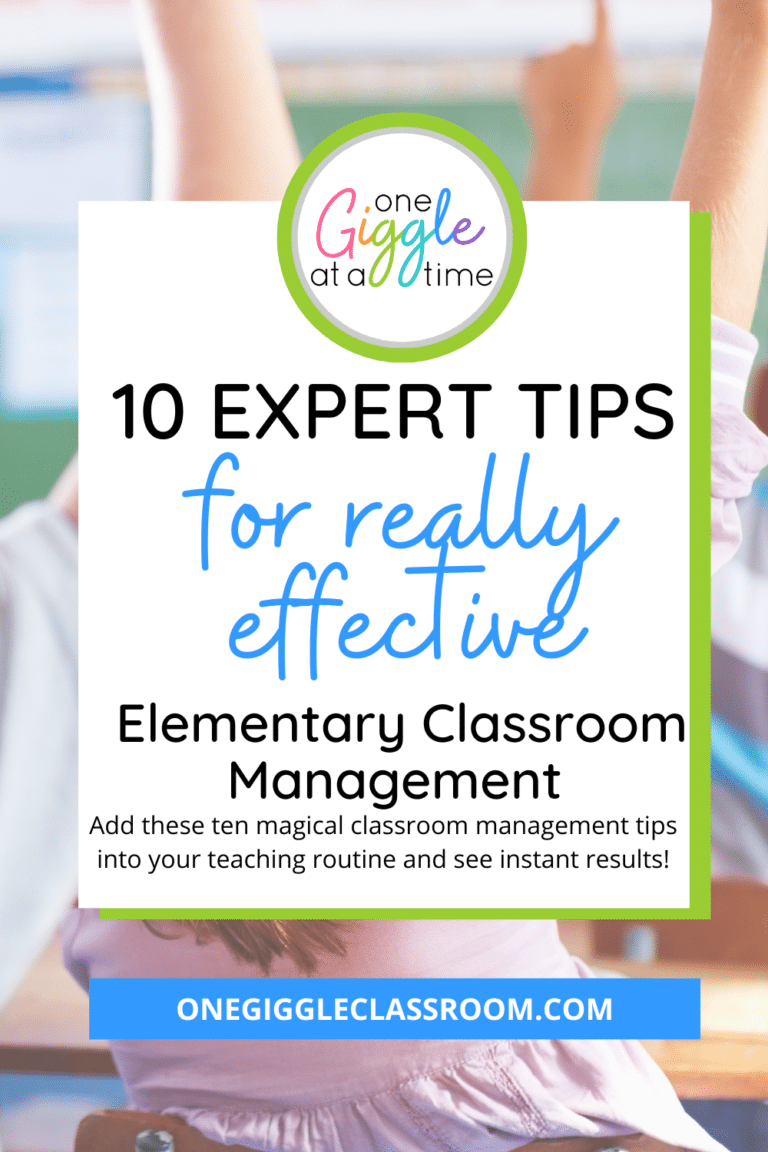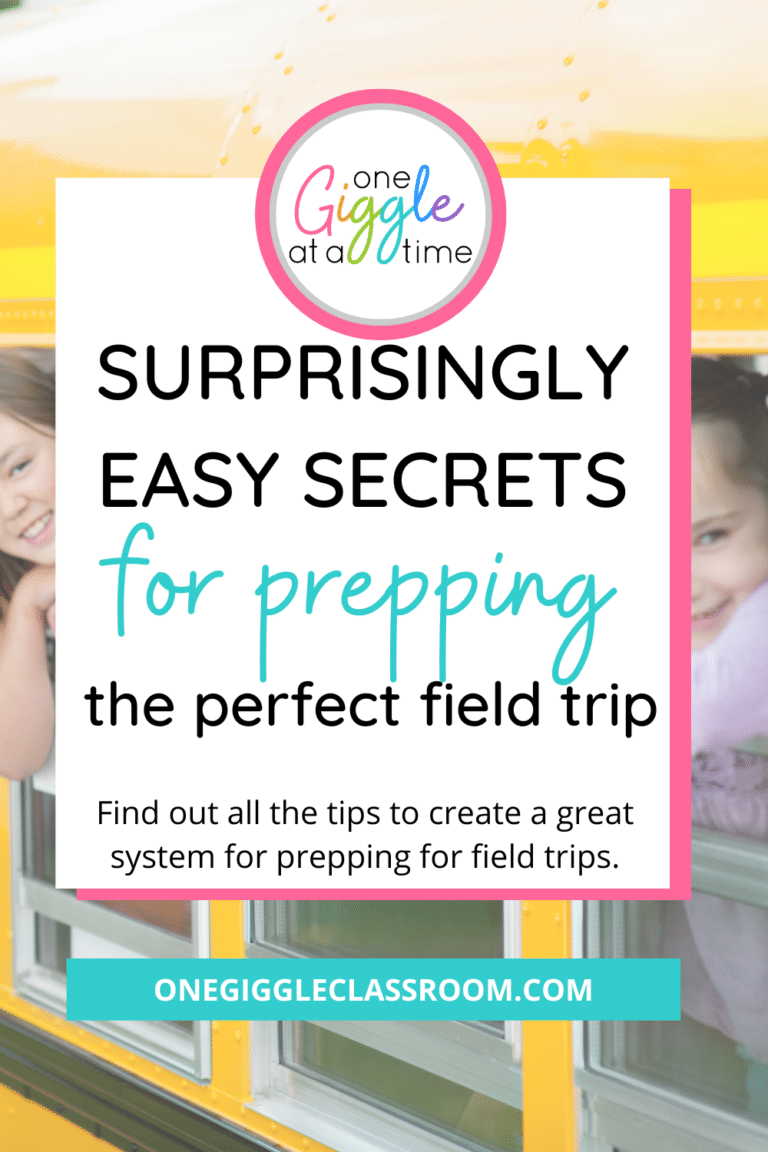
10 Proven Strategies to Build Strong Partnerships with Parents This Year
Share This:

Creating successful relationships with the families of your students is a key part of creating a supportive and successful classroom environment. When families feel valued and understood, they are more likely to engage in their child’s education, and this results in better outcomes for the student! Despite the challenges of today’s world, you can easily build strong partnerships with parents this year using these 10 proven strategies!
How to Build Strong Partnerships with Parents
1. Understand and Respect Every Student’s Story
First, get to know every student’s story. Your students all need to know they can trust you no matter what their background is.
You may not always be able to know every family’s story, but by learning as much as you can about the children in your classroom, you are expressing to the families and students that you care about them!

While you learn about each student, avoid making assumptions. Every family’s presence in their child’s life may look different, but that doesn’t mean they don’t love their child and want the very best for them.
Think back to your core beliefs about families. Don’t let family patterns and behaviors make you think that a family doesn’t have dreams for their child.
Consider the following factors that may be prohibiting a family from taking a more active role in their child’s education:
- Poverty
- Mental health issues
- Housing problems or homelessness
- Unemployment
- Lack of transportation
- Large family size with several other young children at home
- Caring for elderly or homebound family members
As the teacher, your job isn’t to judge (or understand!) anyone’s position but instead to love each child and do all you can to push them toward excellence!
2. Use Inclusive Language
Next, ensure you use inclusive language. Your words matter!
Families don’t always look the same. As much as possible, say “families” and “grown-ups” instead of “parents”. The adults who care for your students may be:
- Parents
- Grandparents or great-grandparents
- Aunts or uncles
- Foster parents
Not only does saying “families” and “grown-ups” help all children feel included, but it helps them understand that you believe the whole family can be important stakeholders in a child’s education.
A great first step in expressing this message is to invite the whole family to Open House or Back-to-School Night!
3. Recognize Families as Vital Partners
You should also recognize families as vital partners in the education process when you desire to build strong home connections this year.

Acknowledge the unique role each family has in their child’s life. Show them that you believe in them and are there to support them just as much as you need them to support you!
Families are the student’s first teachers and will continue to teach them valuable lessons for the rest of their lives. They hold the keys to special information about their child, and you want to collaborate with parents and families about best practices for their child—just like you would do so with their teacher from the previous year!
Ask families:
“Tell me about your child. What do I need to know so that I can successfully help your child grow?”
Once you establish this mutual respect, teaching your students becomes so much easier!
4. Start the School Year Right
Making positive contact early also helps build strong partnerships with parents!
Before the school year begins, make a quick phone call to families. During the call, tell them a little bit about yourself, what they can expect this school year with you as their child’s teacher, and ask about any concerns or questions they may have.
During the first week of school, send home an interest inventory to help you learn more about your students and their families.

An interest survey can include questions like:
- What goals do you have your child this year?
- how do you see this year going?
- What struggles do you see children facing?
- How does your child behave at home? Is that different than other places?
- What are your concerns?
- What do you think I need to know to have a successful year with your child?
Interest surveys allow families to immediately feel more at ease because they realize you care about them and want to know as much as possible about their child!
5. Keep Families Informed and Involved
Throughout the year, do all that you can to keep families informed and involved!
Share students’ successes with them by sending positive notes or pictures through classroom apps like Classtag, through email, in folders, in class newsletters, or even printing them out physically and sending them home with students.

6. Gather Information about Your Students
Keeping a binder of information you gather about your students is another helpful way to stay connected with your students all year long!

This binder can include:
- The returned interest survey
- Notes from your initial phone call with the family
- Notes you jot down as you have conversations with each student
- Other information you gather from calls or parent meetings throughout the year
Examples of additional notes you might add:
- TJ is playing t-ball for the first time this fall. His grandpa comes to every game.
- Loricia spends the weekends at her aunt’s house because her mom works long hours.
- Chaz’s uncle is visiting soon from Japan.
When students are stuck on what to write about or which book to choose from the library, you can use the special knowledge you have about them to easily help!
7. Make Families Feel Welcome
Next, make families feel welcome by having open lines of communication and inviting them to participate as often as possible.

Doing so allows families to be true partners in their child’s education and is an essential part of building strong relationships with parents throughout the school year.
Sending weekly or monthly newsletters is a great way to keep families informed about upcoming events, lessons being taught, and needed classroom supplies. Send these in take-home folders, through email, on the class website, or in communication apps.
Invite families to school for class programs, as guest readers, to help out with class projects.
Provide working families with other ways to participate like recording themselves reading a story or cutting out lamination or pieces for art projects at home.
8. Be Flexible with Communication
While thinking of communication, it’s so helpful to offer multiple contact methods when you can.

Some family members are not as tech-savvy and won’t do well if you only communicate via a classroom app or email. Other families might have a difficult time returning physical papers but can easily complete the needed information if there is a digital option.
Also, be mindful of special circumstances like:
- families who speak different languages and need translated information
- parents who are deaf or hard of hearing and need assistance during phone calls
- Families who are separated and need multiple copies of notices and notes
9. Break Down Barriers
You can also build strong partnerships with parents by breaking down barriers!
For some families, their past experiences with school systems may be overshadowing their feelings about getting involved in their child’s current educational experiences.

For these families, your job is to break down these barriers and let them see that the experience their child is going to have in your classroom will NOT be the same.
Empathize with their experiences and be persistent as you encourage them to be involved.
10. Approach Each Student’s Family with an Open Mind (& Heart!)
And finally, don’t allow experiences other teachers have had with families to dictate your interactions with them.
Keep an open mind. You might need to reassure these families that you view them as your equal and a vital part of their child’s educational experience. Communicate with them regularly, and be persistent when you don’t hear back.
Many times, you will be surprised that the families other teachers have had trouble with aren’t a problem at all for you because you have invested in building positive relationships with them from the start!

Using these 10 proven strategies will allow you to build strong partnerships with parents this year. Remember, a child’s family is their first and most important support system, and by working together with them, you can help every student thrive!
Let me know if you have any questions about anything you see here. Don’t forget to pin this post to refer to it later!

Other posts you may enjoy:
Top 7 Successful Ways To Make Students and Families Feel Welcome This School Year
9 Simple Activities for the First Week of School to Build a Positive Classroom Community
How to Plan for the First Day of School: 5 Top Tips to Consider BEFORE the First Day
10 Important Things to Do On the First Day of School in First Grade
KEEP THE HOME-SCHOOL CONNECTION OPEN WITH THESE
Free Positive Notes Home
The perfect way to build a strong working relationship with the families of your students!


Diane Romo
Thank you for being here! I love sharing ideas with other teachers! If you are looking to enhance your teaching and build a positive classroom community, you have come to the right place!












